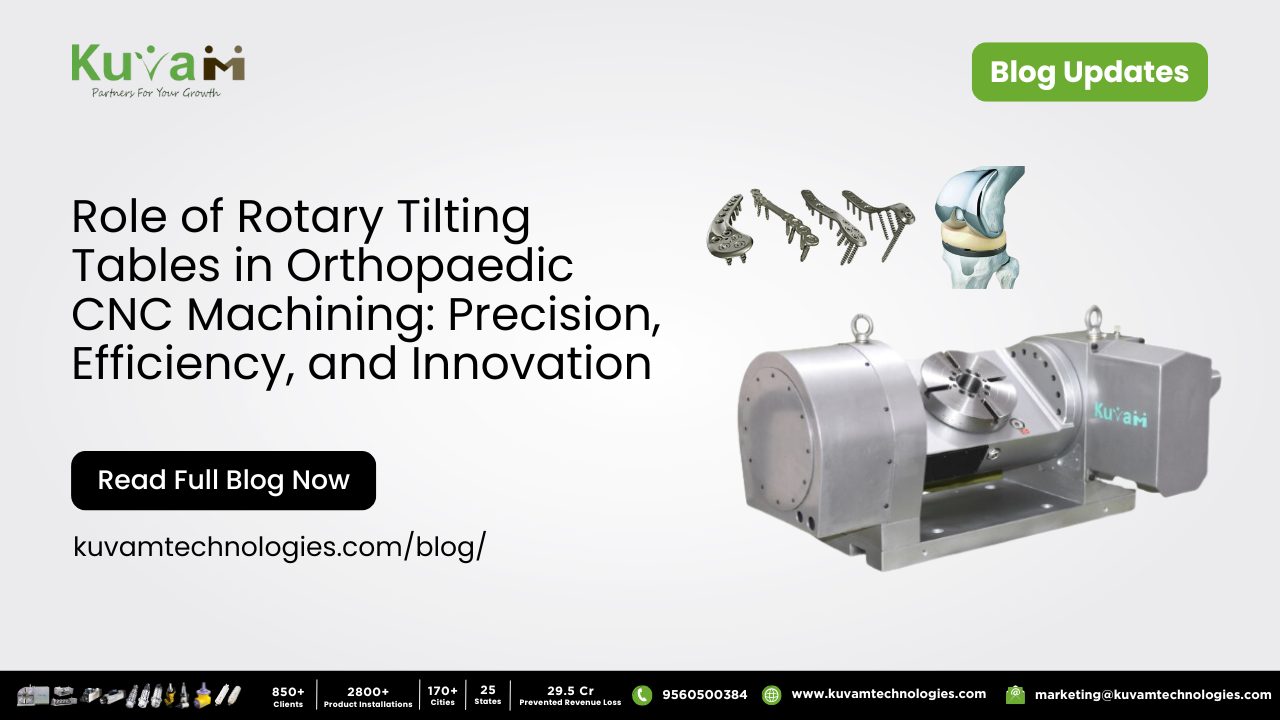The CNC machining industry is entering an exciting era of technological innovation and transformation. With advancements in automation, connectivity, and manufacturing techniques, 2025 and beyond will redefine how components are designed and manufactured. Let’s explore the key trends shaping the future of CNC machining.
- Increased Use of Automation and Robotics
Automation and robotics are at the forefront of revolutionizing CNC machining. The integration of robots with CNC machines is enhancing efficiency, precision, and flexibility in manufacturing processes.
- Unmanned Operations: Robotic arms can load and unload raw materials, allowing machines to operate 24/7 without human intervention.
- Collaborative Robots (Cobots): These robots work safely alongside human operators, streamlining tasks and reducing fatigue.
- Enhanced Productivity: Automation minimizes errors, boosts production rates, and ensures consistent quality.
- AI and Machine Learning Integration
Artificial Intelligence (AI) and Machine Learning (ML) are transforming CNC machining into a smart and adaptive process. These technologies enable machines to learn from data, optimize operations, and predict outcomes.
- Tool Path Optimization: AI algorithms refine tool paths for maximum efficiency and reduced material waste.
- Predictive Maintenance: ML models analyze machine data to predict maintenance needs, preventing unexpected breakdowns.
- Smart Programming: AI simplifies complex machining programs, reducing setup times and operator dependency.
- Advancements in Multi-Axis Machining
Multi-axis machining is becoming more advanced, enabling manufacturers to produce intricate components with ease. This technology is particularly valuable in aerospace, automotive, and medical industries.
- Increased Axes: Machines with 5, 7, or even more axes are enabling the machining of complex geometries in a single setup.
- Higher Precision: Multi-axis machines reduce alignment errors and enhance part accuracy.
- Time Savings: Consolidating processes into one setup eliminates the need for multiple machines and fixtures.
- Automatic Quotes for CNC Machining Projects
Quoting systems powered by AI are streamlining the procurement process for CNC machining projects. These systems evaluate design files and provide instant pricing, saving time for both manufacturers and clients.
- Cost Transparency: Automatic quoting tools calculate costs based on material, complexity, and machining time.
- Faster Turnaround: Clients receive instant feedback, speeding up decision-making and production timelines.
- Integration with CAD/CAM: These tools integrate seamlessly with design software, enhancing workflow efficiency.
- Real-Time Monitoring and IoT Connectivity
The Internet of Things (IoT) is connecting CNC machines, operators, and systems to create smart manufacturing environments. Real-time monitoring ensures optimal machine performance and minimizes downtime.
- Connected Machines: IoT sensors collect and transmit data on machine health, tool wear, and production metrics.
- Remote Monitoring: Operators can access machine status and performance from anywhere via mobile or desktop apps.
- Data-Driven Insights: Analytics platforms process IoT data to improve operational efficiency and quality control.
- Sustainability and Eco-Friendly Practices
Sustainability is a growing priority in CNC machining. Manufacturers are adopting eco-friendly practices to reduce their environmental impact.
- Energy-Efficient Machines: Modern CNC equipment consumes less energy while maintaining high precision.
- Material Optimization: Advanced software reduces waste by optimizing material usage.
- Recyclable Materials: Manufacturers are increasingly using recyclable materials to align with global environmental goals.
- Integration of Additive and Subtractive Manufacturing
The combination of additive (3D printing) and subtractive (CNC machining) manufacturing is enabling the production of complex parts with minimal waste.
- Hybrid Machines: These machines integrate both technologies, providing unmatched versatility.
- Cost Efficiency: Additive processes reduce material costs, while CNC machining ensures precise finishing.
- Rapid Prototyping: Hybrid systems accelerate the prototyping phase, bringing products to market faster.
- Customization and On-Demand Manufacturing
The demand for customized and on-demand products is driving innovation in CNC machining. Flexible manufacturing systems are making it possible to produce tailored components efficiently.
- Small Batch Production: CNC machines are adapting to handle low-volume orders without compromising quality.
- Digital Twins: Virtual models of parts and machines allow for precise simulation and testing before production.
- Faster Delivery: On-demand manufacturing reduces lead times, meeting customer expectations for rapid delivery.
- Advanced Cutting Tools and Techniques
Cutting tools and techniques are evolving to keep pace with new materials and complex designs.
- High-Performance Tools: Coated tools with materials like diamond or ceramic enhance durability and reduce wear.
- Cryogenic Machining: Using liquid nitrogen as a coolant improves tool life and reduces thermal distortion.
- Ultrasonic-Assisted Machining: Combining ultrasonic vibrations with CNC machining increases precision and reduces cutting forces.
- Augmented Reality (AR) and Virtual Reality (VR) in Machining
AR and VR are revolutionizing training and machine operation in CNC environments.
- Operator Training: VR simulations provide immersive training experiences, reducing the learning curve for new operators.
- AR Interfaces: Augmented displays overlay critical information on machine interfaces, guiding operators in real time.
- Maintenance Support: AR tools enable technicians to visualize machine components and diagnose issues quickly.
The future of CNC machining is bright, with innovations across automation, connectivity, and manufacturing techniques. As AI, IoT, and hybrid systems become integral to operations, manufacturers will achieve unparalleled levels of efficiency and precision. India’s strategic position in the global market further amplifies the industry’s potential.
By embracing these trends, CNC machining will continue to drive progress across industries, shaping the future of precision manufacturing in 2025 and beyond.




